Future of Photography in AI Age: Trends & Predictions 2025
The Future of Photography in the Age of Artificial Intelligence
Photography stands at an unprecedented crossroads as artificial intelligence transforms every aspect of image creation, from capture and editing to distribution and consumption. The traditional boundaries between real and artificial imagery are blurring rapidly, forcing photographers, clients, and audiences to reconsider fundamental assumptions about authenticity, creativity, and professional value in visual storytelling.
The emergence of AI-generated imagery that rivals traditional photography in quality and realism presents both extraordinary opportunities and existential challenges for professional photographers worldwide. Understanding these changes is crucial for anyone involved in visual media, whether as creators, consumers, or industry stakeholders.
This comprehensive exploration examines how artificial intelligence is reshaping photography's future, analyzing technological developments, professional implications, and strategic adaptations necessary for thriving in an AI-transformed visual landscape that promises to revolutionize how we create, share, and interpret photographic content.
The Current AI Photography Revolution
AI-Enhanced Traditional Photography
Modern cameras increasingly integrate artificial intelligence for autofocus optimization, exposure calculation, and real-time image enhancement that produce superior results compared to purely manual or traditional automatic systems.
Computational photography techniques now standard in smartphones use AI to combine multiple exposures, enhance dynamic range, and improve low-light performance beyond the physical limitations of traditional camera sensors.
Post-processing workflows incorporate AI-powered tools for noise reduction, sharpening, color correction, and complex editing tasks that previously required extensive manual expertise and time investment from professional photographers.
Cloud-based AI services enable automatic image organization, keyword tagging, facial recognition, and content analysis that streamline workflow management for professional photographers handling large image volumes.
AI-Generated Photography Alternatives
Text-to-image AI systems now produce photorealistic images that can substitute for traditional photography in many commercial applications, creating new competition for stock photography and commissioned work.
Product photography, lifestyle imagery, and marketing visuals can be generated artificially with specific customization that would be expensive or logistically challenging through traditional photography methods.
Portrait and headshot generation enables the creation of diverse, professional-quality human imagery without model hiring, studio rental, or complex production coordination required for traditional portrait photography.
Architectural and interior photography alternatives allow real estate, design, and marketing professionals to visualize spaces and concepts without physical locations or expensive staging requirements.
Technological Advancement Trajectories
Camera Hardware Evolution
Artificial intelligence integration directly into camera hardware enables real-time scene analysis, automatic setting optimization, and predictive focusing that anticipates action before it occurs.
Sensor technology enhanced by AI processing produces better image quality through intelligent noise reduction, dynamic range optimization, and resolution enhancement that exceeds traditional sensor capabilities.
Autofocus systems powered by machine learning recognize subjects, predict movement patterns, and maintain focus accuracy in challenging conditions that would defeat traditional focusing systems.
Battery life optimization through AI power management extends shooting time by intelligently controlling camera functions and processing demands based on usage patterns and shooting conditions.
Software and Processing Innovation
Real-time AI editing enables instant image enhancement, style application, and creative effects during capture rather than requiring extensive post-processing workflows.
Automated workflow integration streamlines professional photography processes through intelligent image selection, batch processing, and client delivery systems that reduce manual administrative tasks.
Cloud-based AI processing enables sophisticated image analysis and enhancement using computational power beyond local hardware limitations, democratizing access to advanced editing capabilities.
Mobile photography applications leverage AI for professional-quality results from smartphone cameras, challenging traditional camera market segments and professional equipment requirements.
Emerging AI Photography Technologies
Light field capture and AI reconstruction enable refocusing, depth adjustment, and perspective changes after image capture, providing unprecedented flexibility in post-production creativity.
Synthetic depth-of-field generation creates professional bokeh effects and selective focus without requiring expensive lenses or specific shooting conditions traditionally necessary for such results.
Style transfer and artistic interpretation allow photographers to apply various artistic styles and creative effects intelligently while maintaining photographic authenticity and subject recognition.
Multi-modal AI systems combine visual analysis with text descriptions, location data, and contextual information to provide comprehensive image understanding and automated metadata generation.
Professional Photography Market Impact
Stock Photography Disruption
Traditional stock photography faces significant pressure as AI-generated alternatives provide unlimited, customizable imagery without licensing restrictions, model releases, or usage limitations.
Microstock markets experience declining revenues as clients discover AI alternatives that provide similar quality with greater customization options and lower long-term costs for extensive usage.
Specialized stock photography niches may maintain value through authenticity requirements, specific location needs, or cultural accuracy that AI systems cannot reliably replicate without human oversight.
Premium stock photography focusing on unique perspectives, exclusive access, and artistic excellence may differentiate from AI alternatives through irreplaceable human creativity and cultural insight.
Commercial Photography Evolution
Product photography adapts by emphasizing lifestyle context, emotional connection, and brand storytelling that goes beyond simple product representation achievable through AI generation.
Event photography maintains a strong market position due to authenticity requirements, real-time capture needs, and interpersonal skills necessary for managing complex social situations.
Fashion and beauty photography evolves toward high-concept creativity, artistic collaboration, and celebrity/influencer partnership that AI cannot replicate effectively.
Corporate photography focuses on authentic workplace culture, executive portraiture, and brand documentation that requires human understanding of organizational dynamics and professional relationships.
Portrait and Wedding Photography Resilience
Personal milestone documentation remains fundamentally human-centered, with clients valuing authentic emotional capture and personal photographer relationships that AI cannot provide.
Wedding photography combines technical expertise with interpersonal skills, cultural understanding, and moment anticipation that requires human presence and emotional intelligence.
Family portrait sessions benefit from the photographer's ability to interact with subjects, direct poses naturally, and capture genuine expressions through personal connection and professional experience.
Senior portrait and graduation photography maintains value through personalized service, location expertise, and the ability to make subjects comfortable during important personal moments.
Creative and Artistic Implications
Authenticity and Trust Questions
Documentary photography faces increased scrutiny as AI capabilities make image manipulation more sophisticated and less detectable, requiring new verification methods and ethical standards.
Photojournalism adapts authentication processes and develops technical solutions for verifying image authenticity while maintaining editorial credibility and public trust in visual reporting.
Fine art photography explores new creative possibilities while grappling with questions about artificial enhancement versus traditional capture and processing techniques.
Social media imagery becomes increasingly difficult to verify as AI generation quality improves, affecting how audiences interpret and trust visual content across platforms.
New Creative Possibilities
Hybrid workflows combining traditional photography with AI enhancement enable creative expressions impossible through either approach alone, opening new artistic territories for exploration.
Conceptual visualization becomes more accessible as photographers can combine captured elements with AI-generated components to realize complex creative visions within practical budgets.
Style experimentation accelerates through AI tools that enable rapid testing of different aesthetic approaches without requiring extensive reshooting or complex manual editing processes.
Collaborative creation between human photographers and AI systems produces unique artistic results that leverage both human creativity and artificial intelligence capabilities.
Artistic Value and Human Expression
Emotional intelligence and cultural understanding remain uniquely human contributions that AI cannot replicate, preserving core value in photography that emphasizes human connection and insight.
Personal vision and artistic interpretation continue to differentiate human photographers from AI systems that lack subjective experience and emotional depth in creative decision-making.
Technical mastery combined with creative vision creates sustainable competitive advantages as photographers develop expertise in directing and refining AI-assisted creative processes.
Storytelling capabilities and narrative understanding remain fundamentally human skills that provide lasting value even as technical image creation becomes increasingly automated.
Economic and Business Model Changes
Pricing Structure Evolution
Professional photography pricing adapts to emphasize creative direction, strategic planning, and post-production expertise rather than pure image capture and basic editing services.
Value proposition shifts toward consultation, art direction, and creative problem-solving that leverage human expertise in ways that AI cannot replicate effectively.
Service packaging evolves to include AI-assisted capabilities as premium offerings while maintaining traditional options for clients preferring conventional approaches.
Subscription and retainer models become more common as photographers provide ongoing creative services and AI-assisted content production for business clients.
New Revenue Opportunities
AI tool expertise creates consulting opportunities for photographers who develop specialized knowledge in integrating artificial intelligence into creative workflows effectively.
Educational content and training services emerge as photographers share knowledge about AI integration, hybrid workflows, and adapting to technology-enhanced creative processes.
Custom AI model training services enable photographers to create specialized AI tools tailored to specific client needs, industries, or aesthetic requirements.
Technology partnership opportunities allow experienced photographers to collaborate with AI companies in developing better creative tools and workflow solutions.
Market Segmentation Strategies
Luxury and premium markets emphasize human craftsmanship, personal service, and exclusive access that cannot be replicated through automated or AI-assisted processes.
Volume production services leverage AI efficiency for high-throughput applications while maintaining quality standards and competitive pricing structures.
Specialized niche markets focus on unique expertise, cultural knowledge, or technical capabilities that create sustainable competitive advantages over AI alternatives.
Hybrid service offerings combine human creativity with AI efficiency to provide superior value propositions that exceed pure human or pure AI alternatives.
Technical Skills and Professional Development
Essential AI Literacy
Understanding AI capabilities and limitations becomes crucial for photographers seeking to integrate these tools effectively while maintaining creative control and professional standards.
Prompt engineering skills for AI image generation enable photographers to direct artificial intelligence systems effectively toward desired creative outcomes and aesthetic goals.
Technical knowledge of AI processing workflows helps photographers optimize quality, efficiency, and creative control when incorporating AI tools into professional practice.
Platform expertise across different AI systems enables photographers to select appropriate tools for specific projects while maximizing creative possibilities and technical outcomes.
Evolving Technical Requirements
Color management and calibration become more complex as AI processing introduces new variables in image reproduction and color accuracy across different systems and applications.
File format knowledge expands to include AI-specific formats and metadata requirements for maintaining generation information and enabling future editing capabilities.
Hardware requirements evolve to support AI processing demands while balancing performance, portability, and cost considerations for professional mobile workflows.
Software integration skills become essential as photographers learn to combine traditional editing tools with AI-powered enhancement and generation capabilities effectively.
Creative Skill Development
Art direction capabilities become increasingly important as photographers transition toward managing AI tools and collaborating with artificial intelligence in creative processes.
Visual communication skills help photographers articulate creative visions clearly to both AI systems and human clients while maintaining professional relationships and project outcomes.
Technology adaptation mindset enables continuous learning and skill development necessary for keeping current with rapidly evolving AI tools and creative possibilities.
Business strategy development helps photographers position their services effectively in markets increasingly influenced by artificial intelligence capabilities and client expectations.
Ethical Considerations and Professional Standards
Truth and Representation Issues
Documentary standards require clear disclosure of AI enhancement or generation to maintain editorial integrity and audience trust in factual visual reporting.
Commercial photography ethics involve transparent communication about AI usage while ensuring client expectations align with final deliverable authenticity and usage requirements.
Fine art photography explores new authenticity questions as AI tools become integral to creative processes while maintaining artistic integrity and personal expression.
Social responsibility considerations include understanding how AI-generated imagery affects public perception, cultural representation, and social justice issues in visual media.
Professional Conduct Guidelines
Industry organizations develop new ethical standards addressing AI usage in professional photography while balancing innovation with traditional professional values and client protection.
Client communication protocols ensure transparent discussion of AI usage, capabilities, and limitations while maintaining professional credibility and managing expectations effectively.
Quality standards adapt to include AI-assisted work while maintaining professional excellence and ensuring deliverables meet client needs and industry standards consistently.
Legal compliance considerations address copyright, model releases, and liability issues related to AI-generated content in commercial photography applications.
Cultural and Social Impact
Representation accuracy becomes more complex as AI systems may perpetuate biases or create unrealistic standards that affect social perceptions and cultural understanding.
Cultural sensitivity requirements increase as photographers using AI tools must ensure appropriate representation across diverse communities and global markets.
Educational responsibility includes helping clients and audiences understand AI capabilities while maintaining realistic expectations about image authenticity and creation processes.
Professional advocacy involves participating in industry discussions about AI regulation, ethical standards, and best practices that protect both creators and consumers.
Future Predictions and Scenarios
Short-term Evolution (1-3 years)
AI integration becomes standard in professional camera systems, with most new equipment featuring intelligent assistance for exposure, focus, and composition optimization.
Hybrid workflows combining traditional photography with AI enhancement have become mainstream professional practices across most photography specializations and client services.
Client education about AI capabilities and limitations becomes a routine part of professional consultation and project planning processes for most photography businesses.
Professional training and certification programs incorporate AI tool usage and ethical considerations as standard curriculum components for photography education.
Medium-term Transformation (3-7 years)
AI-generated imagery reaches quality levels that make it indistinguishable from traditional photography for most commercial applications and general audience consumption.
Professional photographer roles evolve primarily toward creative direction, client consultation, and AI system management rather than traditional capture-focused activities.
New photography specializations emerge around AI tool expertise, hybrid workflow development, and human-AI collaborative creative processes.
Industry consolidation occurs as traditional photography businesses adapt or exit markets increasingly dominated by AI-assisted production methods.
Long-term Vision (7+ years)
The photography industry restructures around human creativity, emotional intelligence, and strategic thinking, while technical execution becomes largely automated through AI systems.
New art forms emerge from human-AI collaboration that transcend traditional photography categories while creating entirely novel creative expression possibilities.
Professional photography markets segment clearly between premium human services and efficient AI-assisted production with distinct value propositions and pricing structures.
Global visual culture adapts to ubiquitous AI-generated imagery while developing a new appreciation for authenticated human-created content and traditional photographic craftsmanship.
Strategic Adaptation Guidelines
Professional Positioning Strategies
Emphasize uniquely human capabilities, including emotional intelligence, cultural understanding, creative vision, and interpersonal skills that AI cannot replicate effectively.
Develop expertise in AI tool integration while positioning as a creative director and strategic advisor rather than a pure technical executor of photographic services.
Build specialized knowledge in specific industries, cultures, or applications where human insight provides irreplaceable value beyond AI capabilities.
Cultivate premium market positioning based on personal service, exclusive access, and artistic vision that justifies higher pricing in AI-competitive environments.
Business Model Innovation
Create service offerings that combine human creativity with AI efficiency to provide superior value propositions that exceed either pure human or pure AI alternatives.
Develop educational and consulting services around AI integration while building thought leadership in technology-enhanced creative processes.
Build strategic partnerships with AI companies, technology providers, and other creative professionals to access emerging opportunities and collaborative advantages.
Invest in continuous learning and technology adaptation while maintaining focus on fundamental creative and business skills that transcend specific technological tools.
Client Relationship Management
Educate clients about AI capabilities and limitations while positioning professional expertise as essential for optimal creative outcomes and strategic success.
Develop transparent communication about AI usage while building trust through consistent delivery of superior results that demonstrate human value addition.
Create clear policies about AI integration that protect both the photographer's thclient'snt interests while enabling effective use of available technological tools.
Build long-term relationships based on creative collaboration, strategic insight, and problem-solving capabilities that provide ongoing value beyond individual project execution.
Conclusion
The future of photography in the artificial intelligence age will be defined by adaptation, creativity, and strategic thinking rather than resistance to technological change or nostalgia for traditional methods.
Successful photographers will embrace AI as a powerful creative partner while doubling down on uniquely human capabilities that provide lasting value in an increasingly automated world.
The industry transformation presents unprecedented opportunities for photographers who approach change strategically, focusing on creative leadership and human connection rather than purely technical execution.
While AI will undoubtedly change how photographs are created and consumed, the fundamental human desire for authentic visual storytelling and emotional connection ensures a vital role for skilled photographers in our visual future.
The key lies in understanding that photography's future success depends not on competing with artificial intelligence but on collaborating with it while preserving the essential human elements that make visual communication meaningful and powerful.
Those who master this balance will find themselves at the forefront of a new era in visual creativity, where human insight and artificial intelligence combine to create possibilities previously unimaginable in traditional photography practice.
Read also: Advanced AI Image Techniques: Secrets for High-Quality Results.



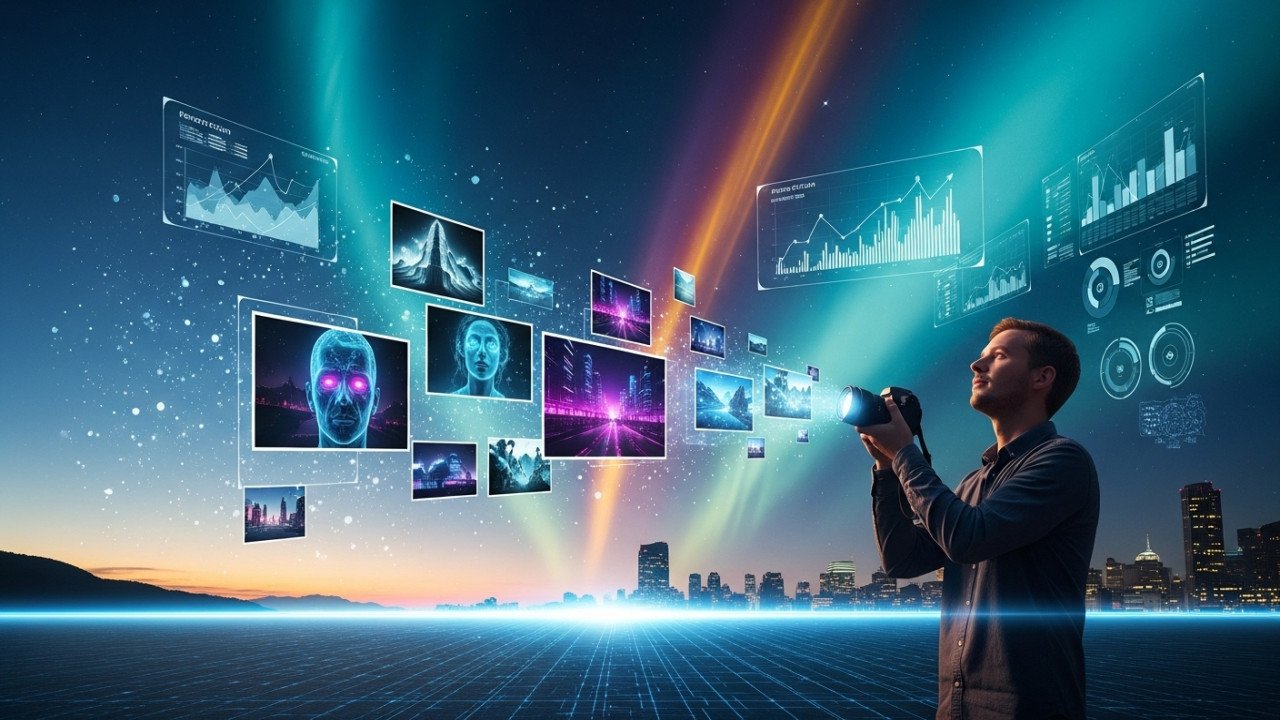
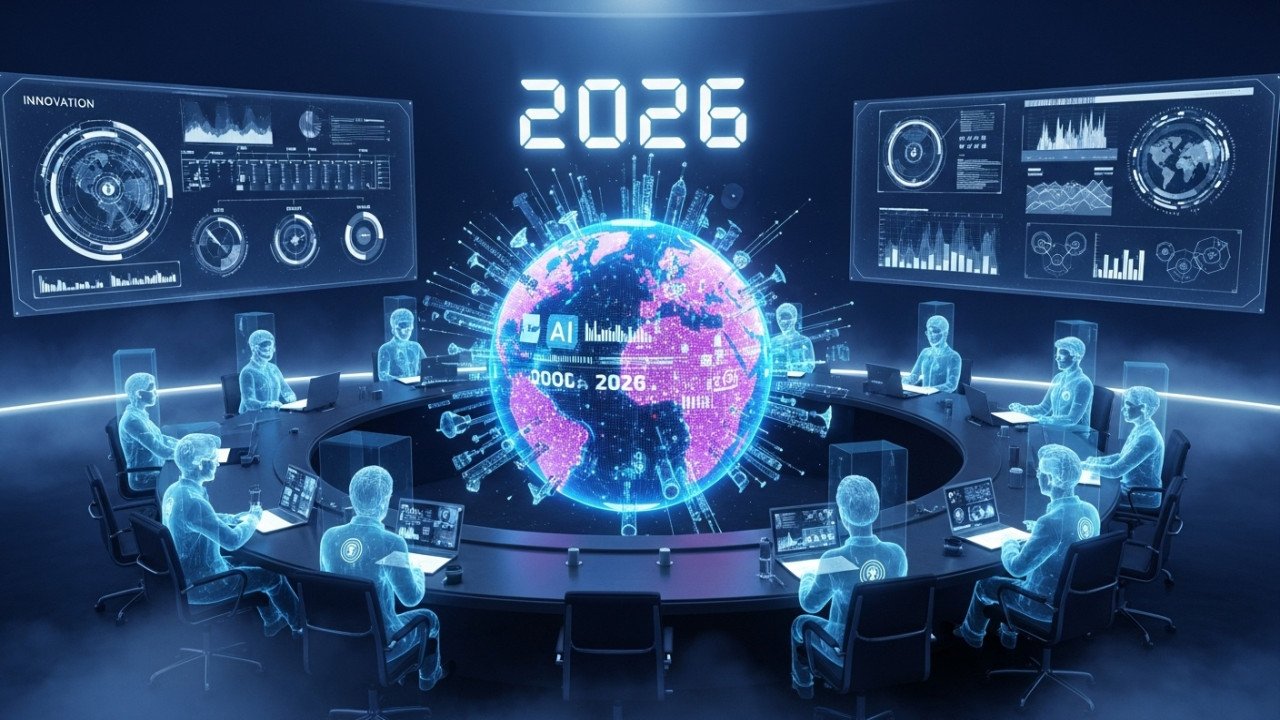
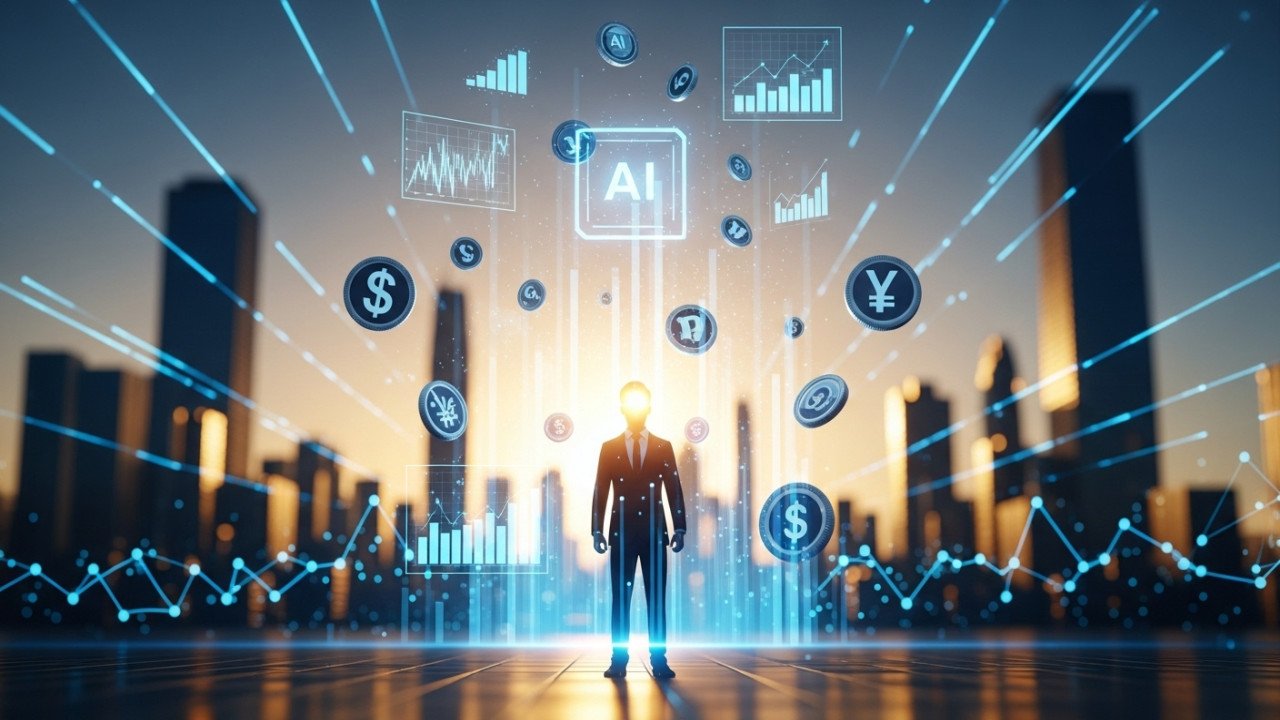

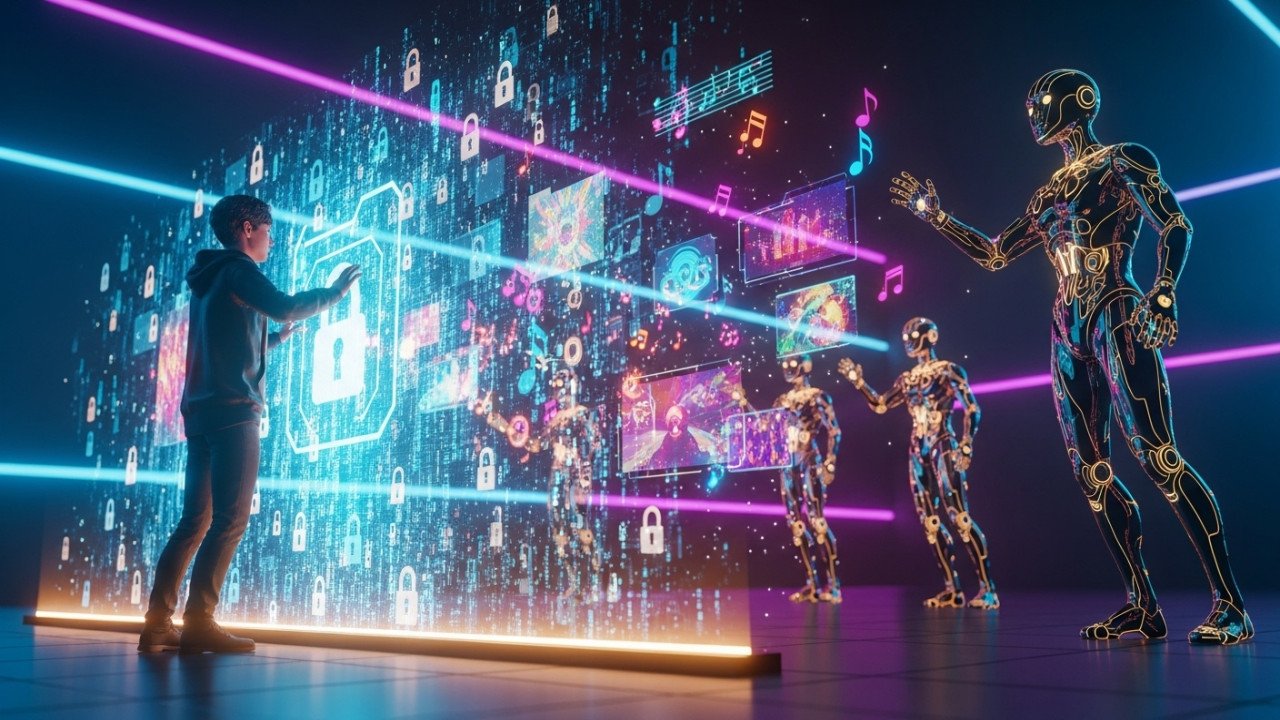
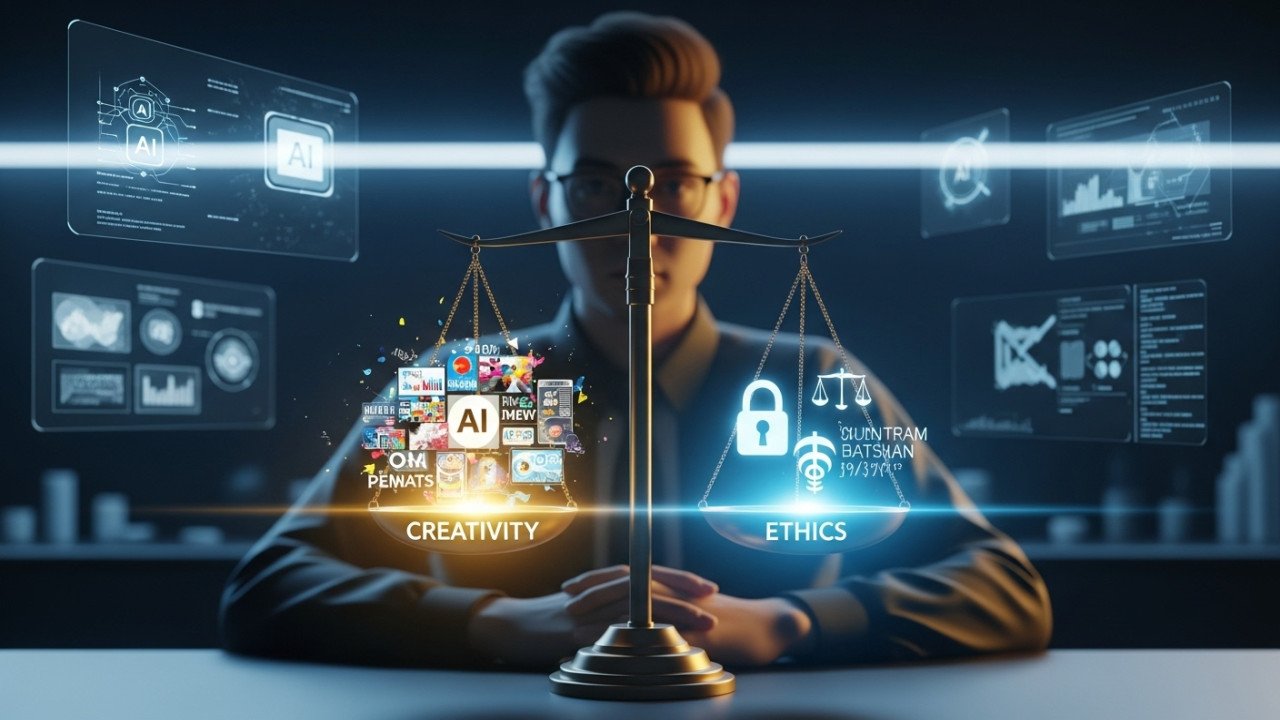
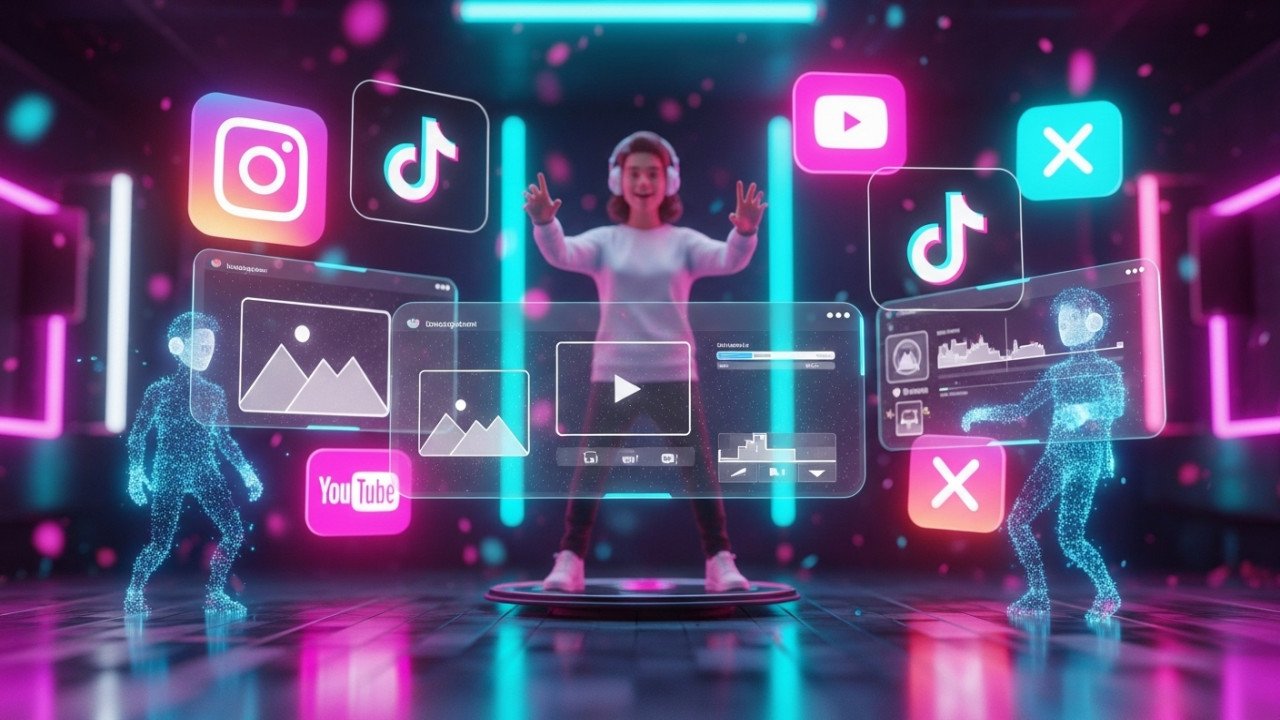
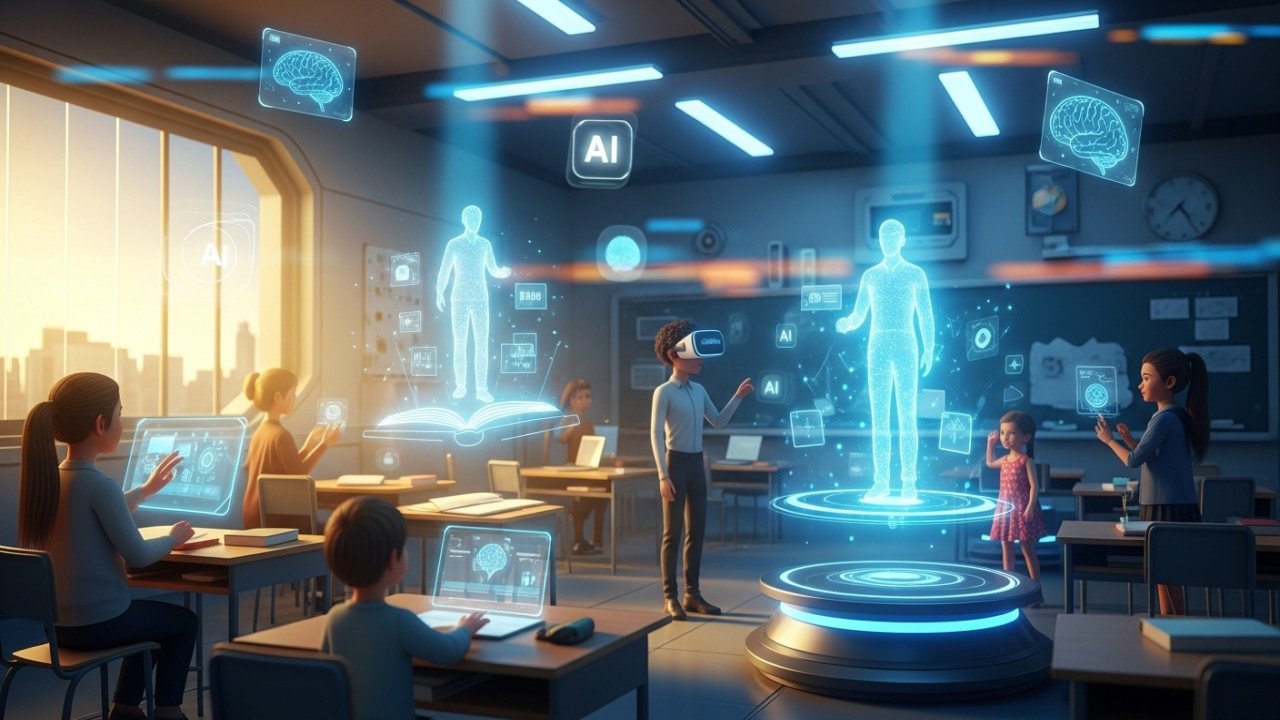
Comments (0)
No comments found